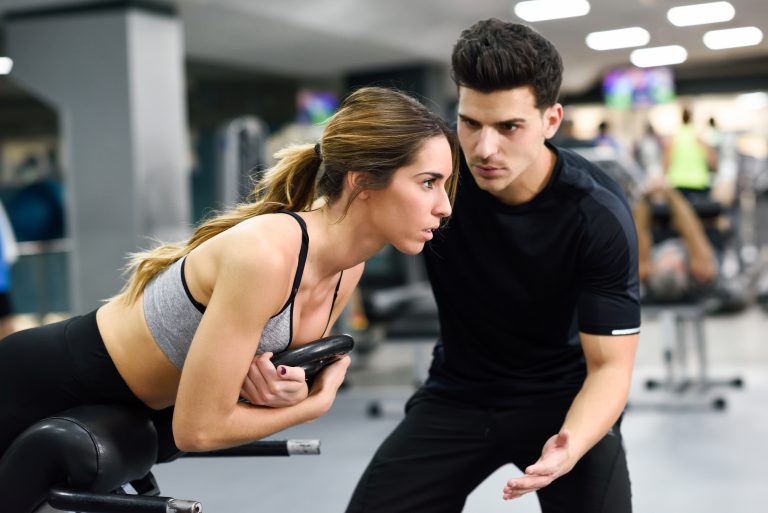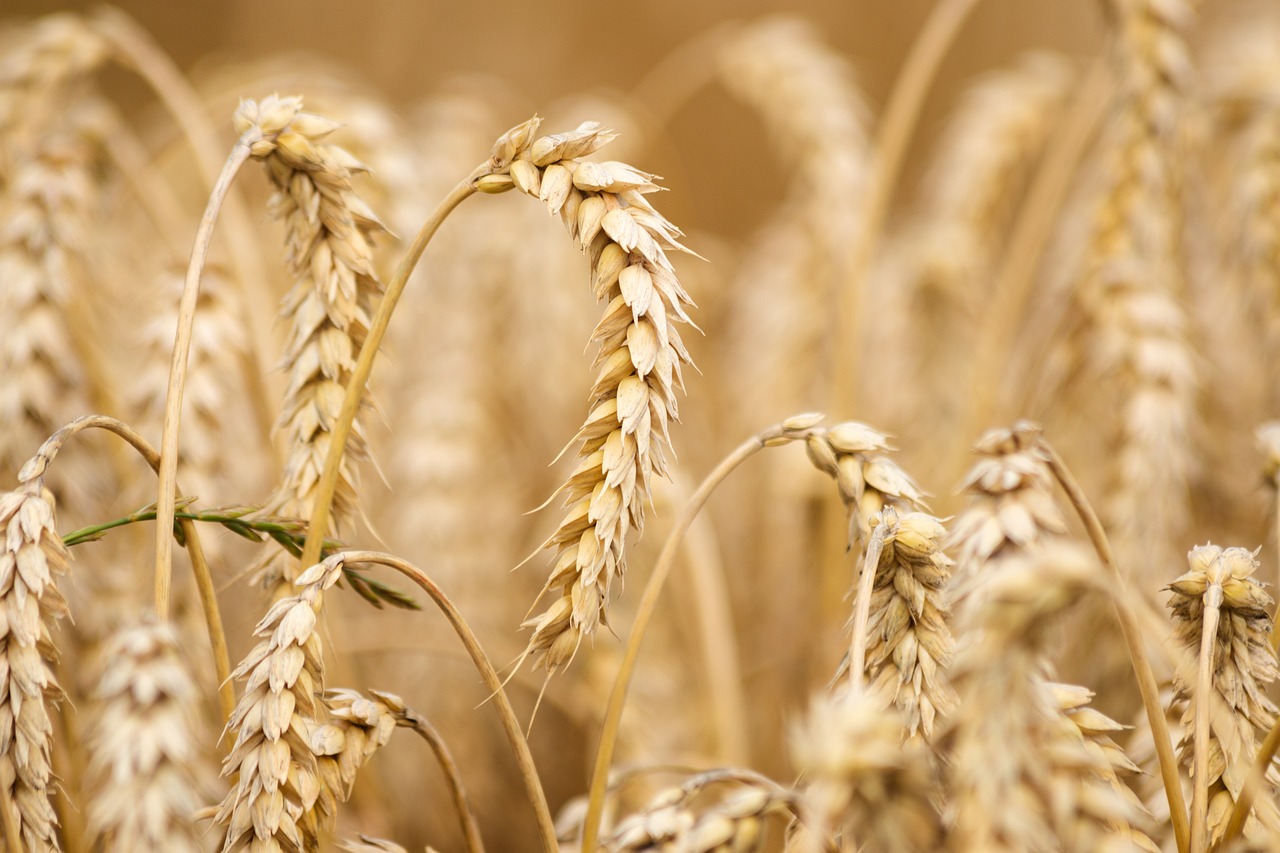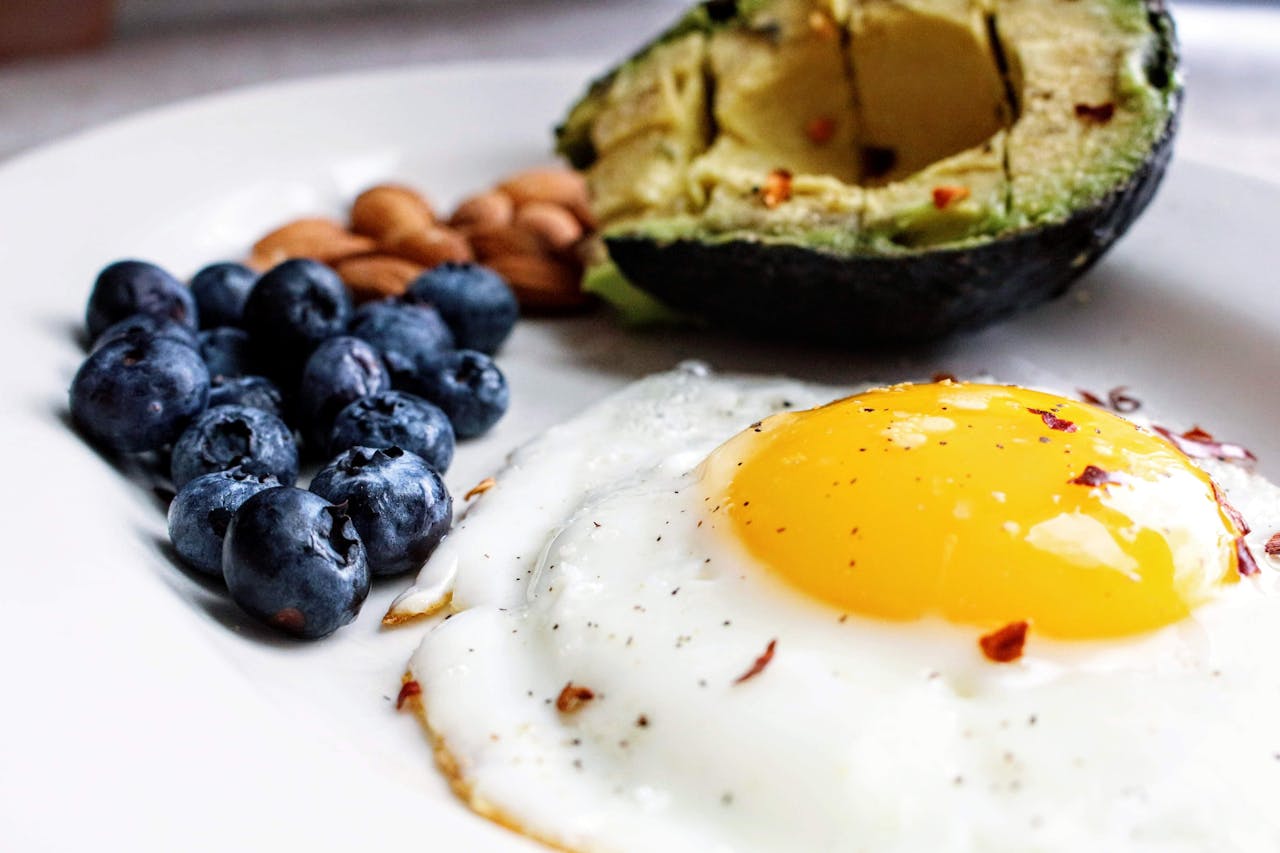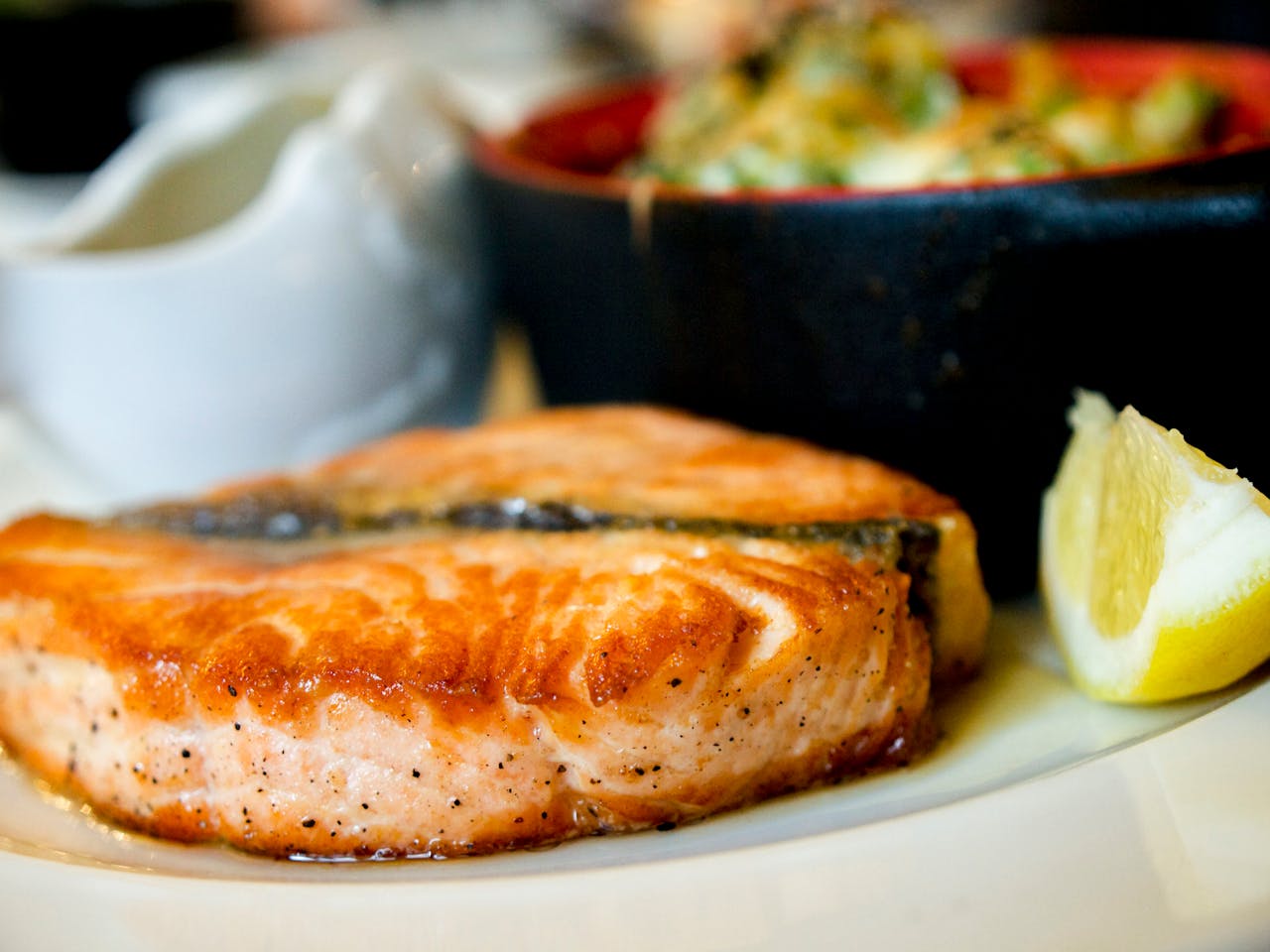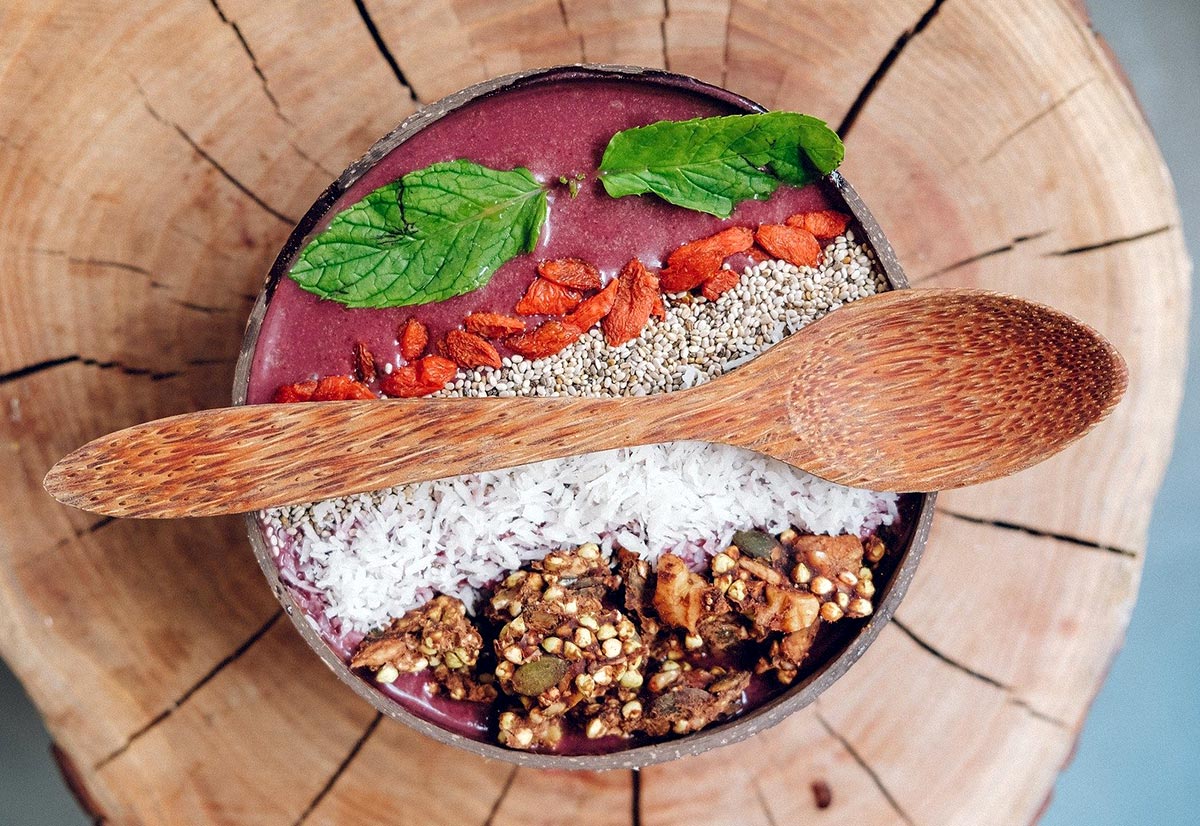The Cellular Switch You Didn't Know You Needed
While you're busy counting macros, tracking HRV, and obsessing over protein timing, there's a silent force at work inside your cells—one that could make or break your gains. It's called NRF2. This transcription factor isn't flashy, it doesn’t come in a shaker bottle, and you won’t find it sponsoring influencers. But flip the NRF2 switch, and you unleash a cascade of protective, metabolic and anti-inflammatory magic that can take your athletic performance to a cellular high score.
What Is NRF2 and Why Do Athletes Care?
NRF2 (Nuclear Factor Erythroid 2–Related Factor 2) is a protein that acts like your cell’s emergency coordinator. When NRF2 is activated, it enters the nucleus and turns on over 200 genes involved in antioxidant defense, detoxification, mitochondrial health, and anti-inflammatory signaling. In other words: it tells your body to stop whining about oxidative stress and do something about it. For athletes, that means less damage, faster recovery, and a metabolism that actually wants to cooperate.
Oxidative Stress: Not Just a Buzzword
Every hard workout causes microtrauma in muscles, increases free radicals, and stresses your mitochondria. Normally, that’s a good thing—it’s how you adapt. But chronic oxidative stress without proper defense systems is like overtraining your immune system. You don’t get fitter—you just get inflamed, fatigued and under-recovered. That’s where NRF2 comes in: it helps your body clear the smoke after the metabolic fire. The result? More gains, less pain.
How NRF2 Gets Activated
Under normal conditions, NRF2 is stuck in a toxic relationship with a protein called KEAP1, which keeps it suppressed. But when stressors like intense exercise, fasting, or certain plant compounds show up, NRF2 breaks free and starts flipping genetic switches. This activation increases production of key detoxifying enzymes like glutathione, superoxide dismutase (SOD), and catalase—basically the cellular cleanup crew that keeps your engine running smooth.
The Top NRF2 Activators for Athletes
You don’t need a pharmaceutical lab to hack NRF2. Nature already did the job for you—assuming your diet isn’t just chicken, rice, and regret. Here are some scientifically backed activators:
Sulforaphane: Found in broccoli sprouts. Possibly the most powerful NRF2 activator known. It’s broccoli, but with biceps.
Curcumin: The active compound in turmeric. Great for reducing inflammation and annoying Instagram reels.
EGCG (Epigallocatechin gallate): A polyphenol in green tea. Also boosts fat oxidation—so drink up.
Resveratrol: Found in red wine and grapes. Useful, but not a reason to chug merlot post-leg day.
Quercetin: Found in onions and apples. Good for immunity, bad for breath.
Carnosol and Carnosic Acid: Found in rosemary. Aromatic and effective.
How This Helps Your Metabolism
NRF2 activation supports mitochondrial biogenesis—the creation of new energy factories inside your muscle cells. More mitochondria mean better endurance, improved VO2 max, and faster fat oxidation. It also reduces insulin resistance by improving glucose uptake and reducing chronic inflammation—yes, the kind that turns your six-pack into a muffin top. Essentially, NRF2 helps your cells work smarter, not just harder.
Recovery, Reinvented
DOMS isn’t a badge of honor if it ruins your next three workouts. By upregulating glutathione and other antioxidant defenses, NRF2 reduces muscle soreness, joint inflammation, and downtime. In one study, sulforaphane supplementation improved muscle performance and reduced exercise-induced oxidative stress in athletes1. Translation: fewer excuses, more gains.
Real Results or Just Hype?
The data is stacking up. Research shows that activating NRF2 improves lipid metabolism, reduces cardiovascular risk, and even protects the brain during high physical stress2. It’s also being studied in chronic diseases like diabetes and neurodegeneration. But for athletes, the immediate benefit is cellular resilience: your body bounces back faster, breaks down less, and performs longer. No motivational quote required.
How to Integrate NRF2 Activation Into Your Routine
You could just eat more broccoli sprouts (go ahead, be that person). Or consider supplements standardized for sulforaphane or curcumin. Intermittent fasting, cold exposure, and high-intensity training also activate NRF2 naturally. So ironically, suffering a bit might be part of the solution. Just don't overdo it. This isn’t CrossFit for your genome.
A Word of Caution
Like most things in biology, balance is key. Chronic overactivation of NRF2, especially through synthetic means, may be linked to increased cancer risk in certain contexts3. In athletic terms: just because 10 reps work doesn’t mean 1,000 is better. Trust your body’s rhythm—and don’t throw your KEAP1 out the window just yet.
Train Hard, Recover Smart, Activate NRF2
NRF2 is not just a nerdy acronym for biology students—it’s your metabolic upgrade button. By integrating NRF2-activating foods, supplements, and training strategies, you can optimize your cellular defense systems, reduce oxidative damage, improve recovery, and stay on top of your game longer. So the next time someone asks how you’re making such clean gains, just smirk and say: “It’s broccoli sprouts, bro.”




